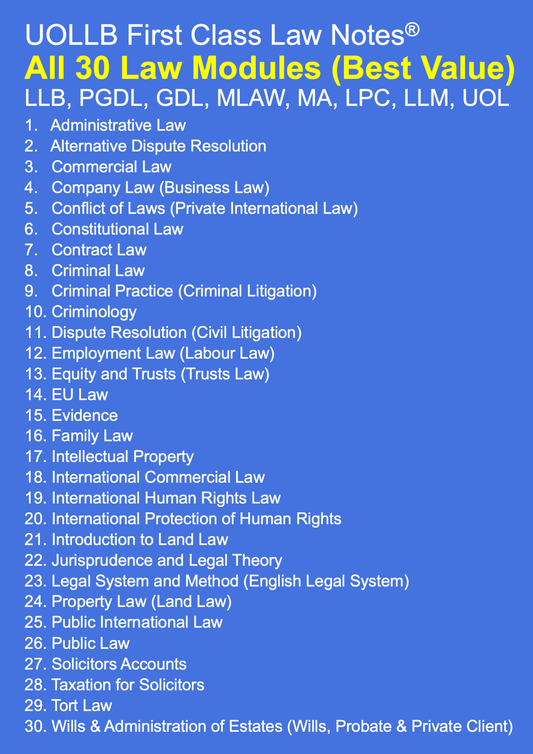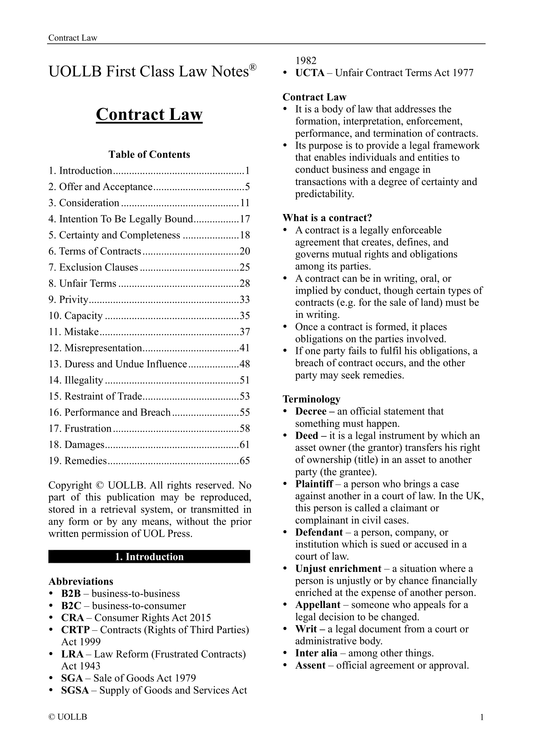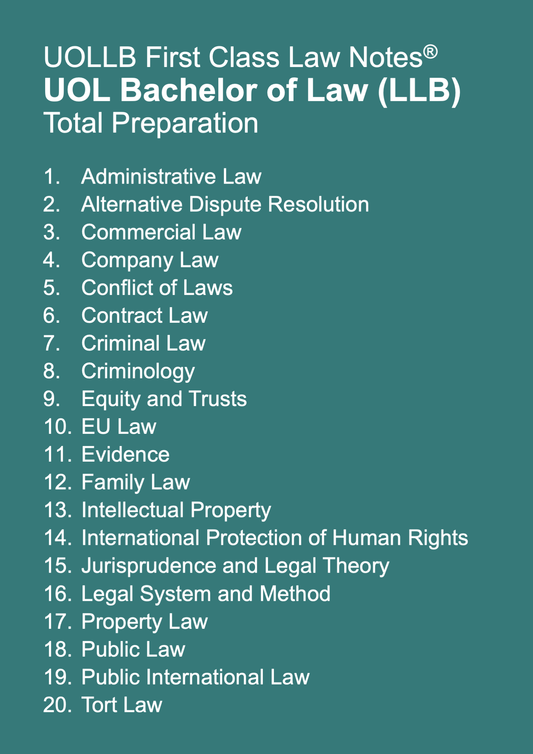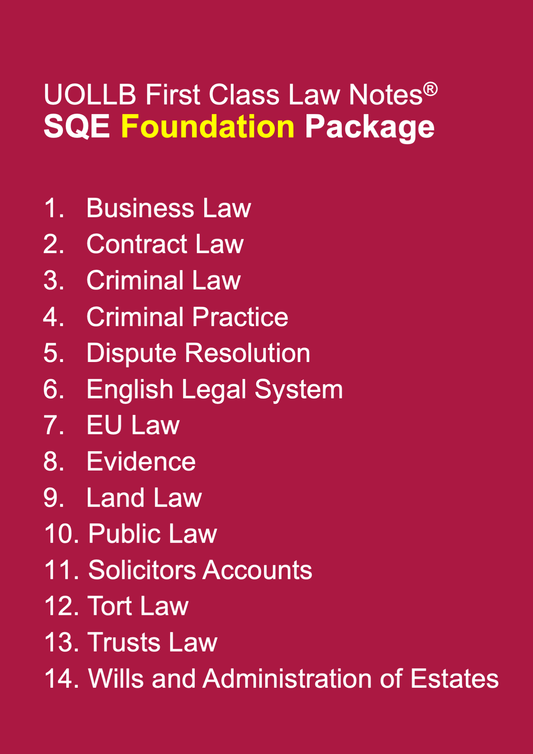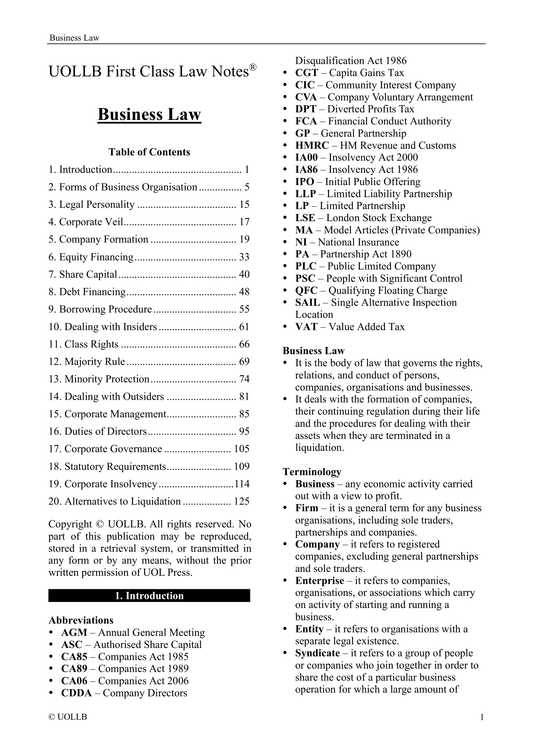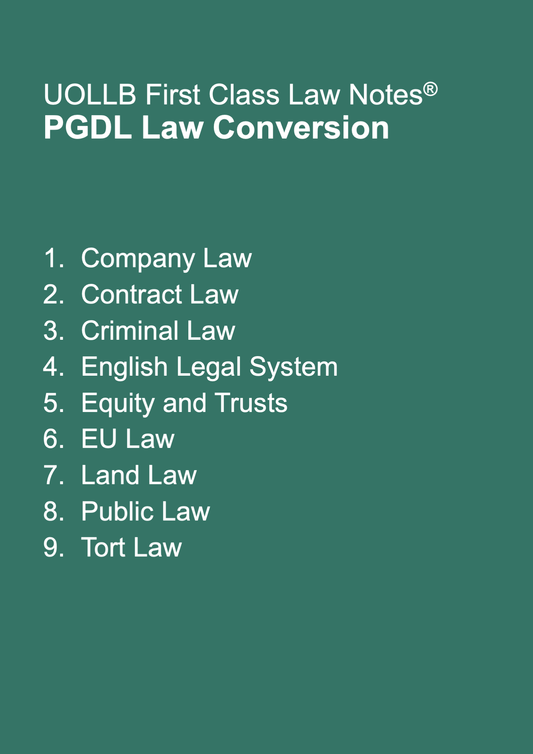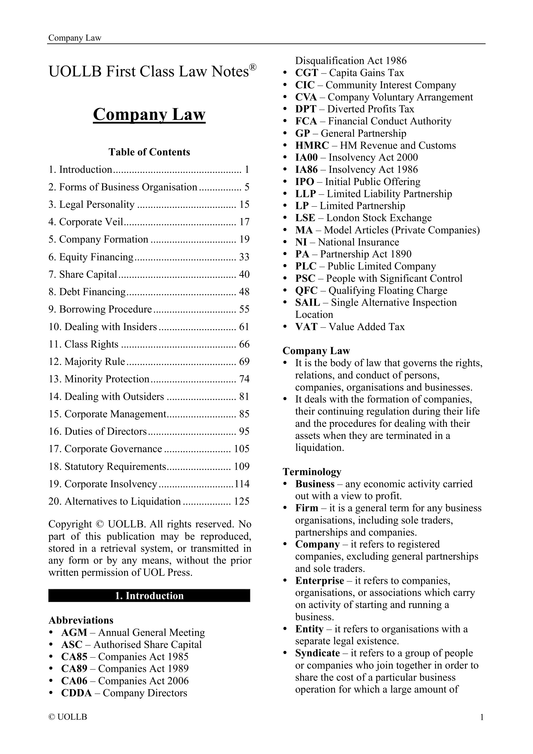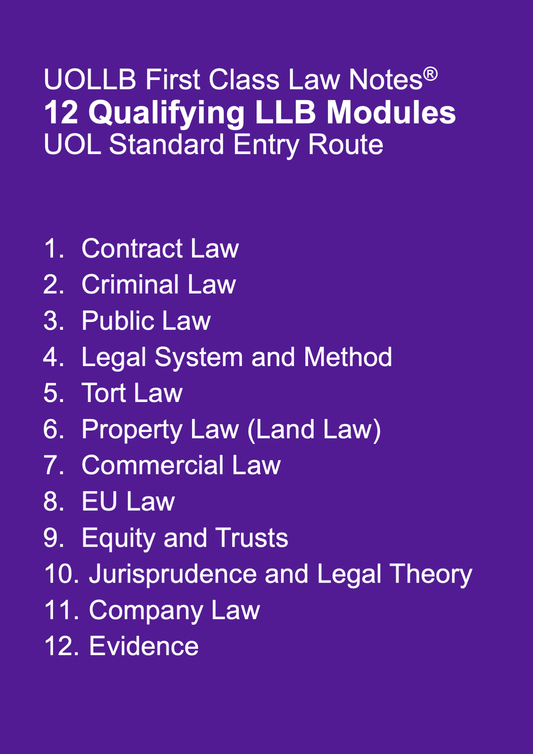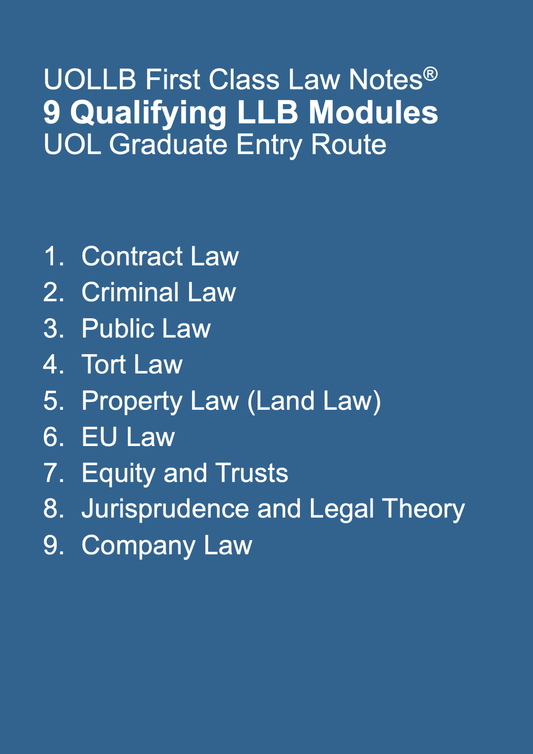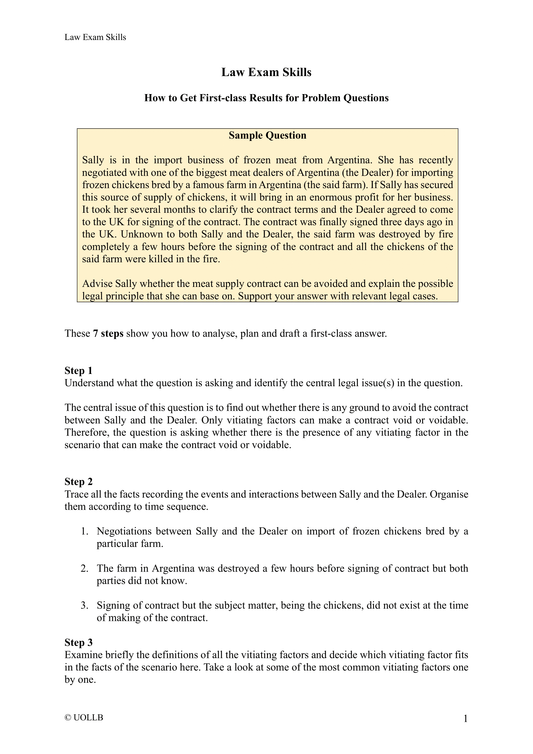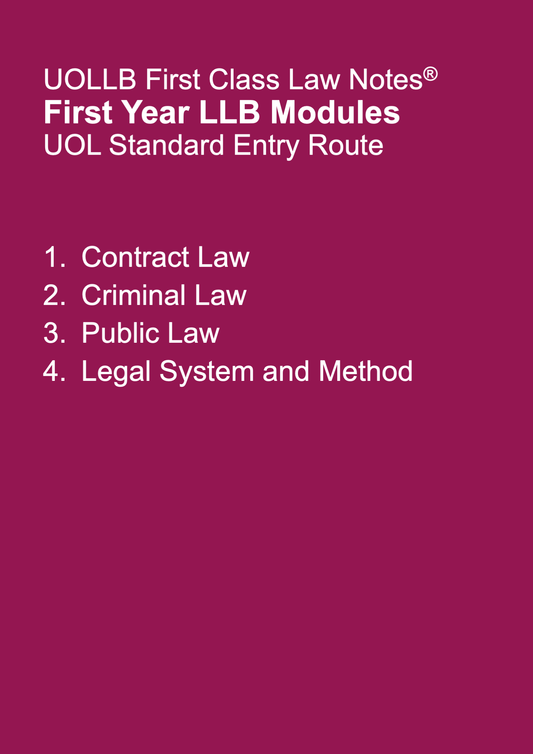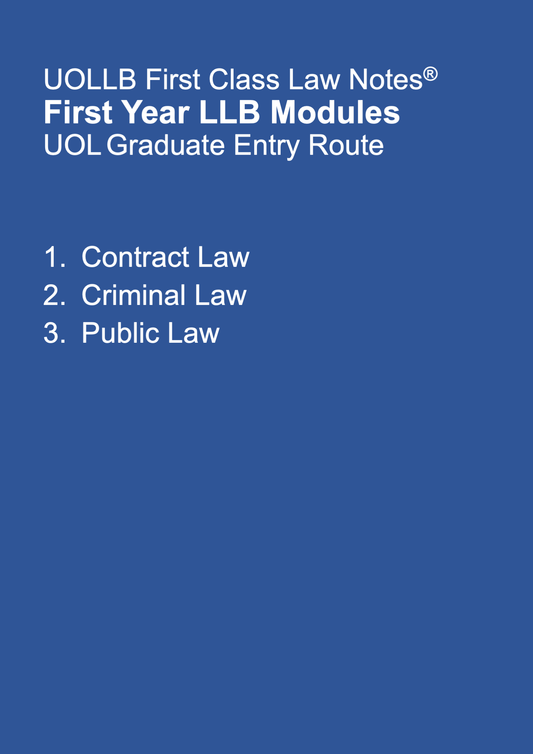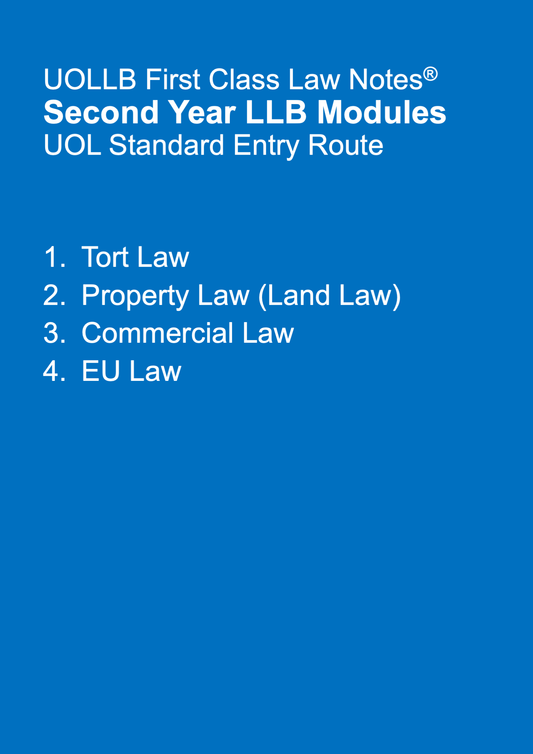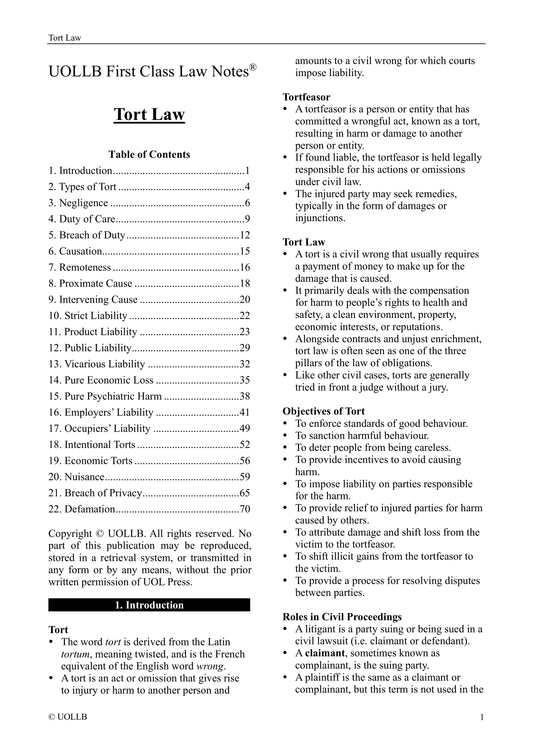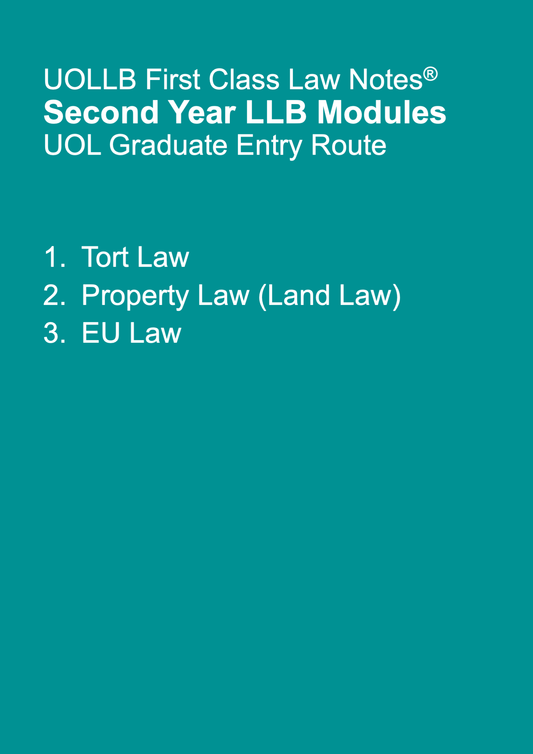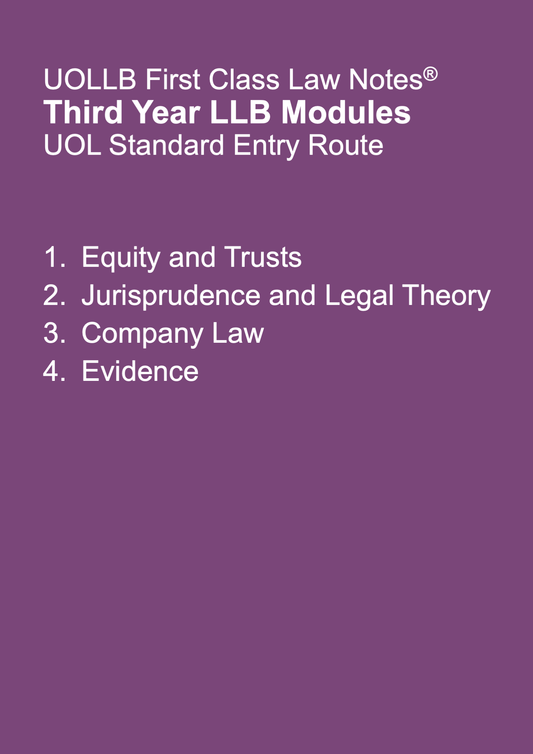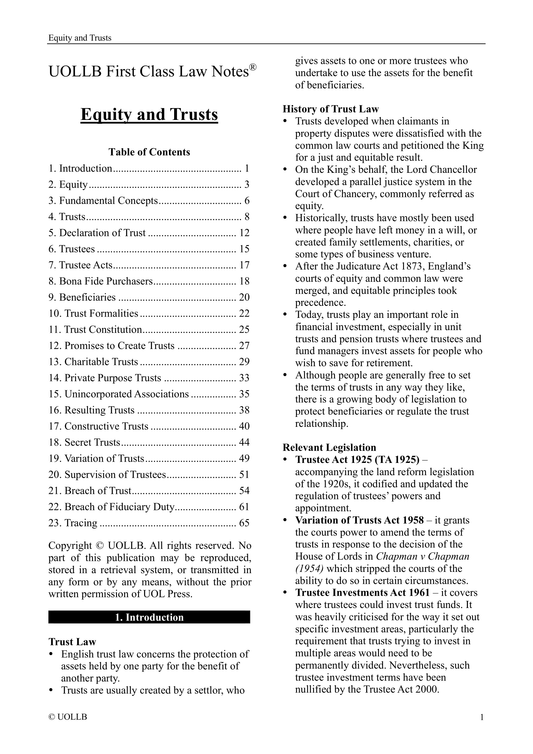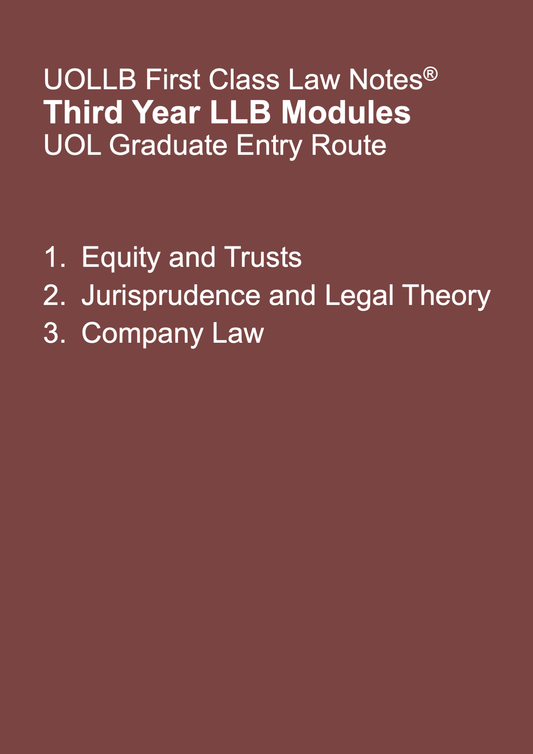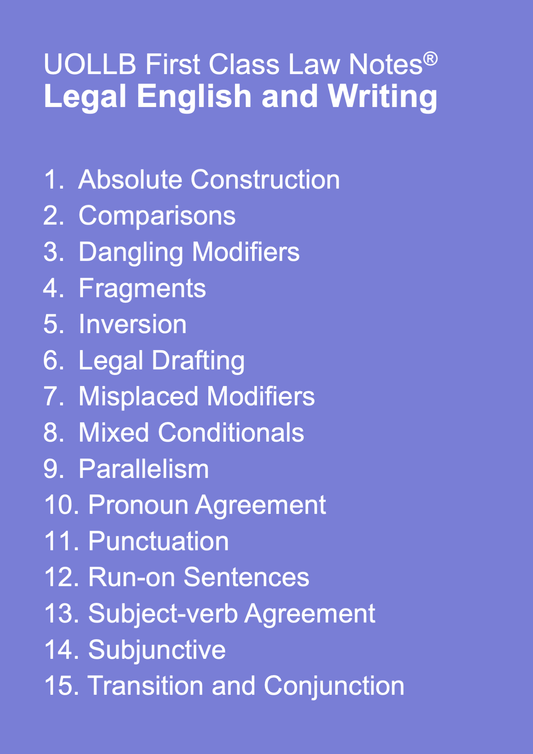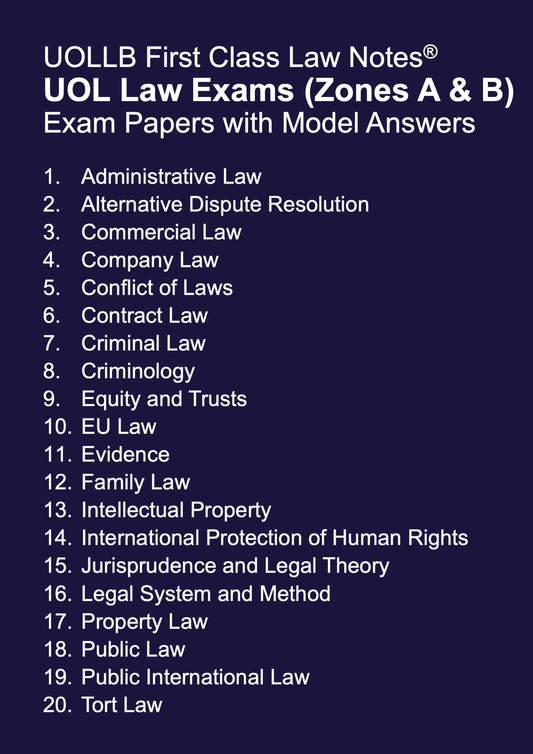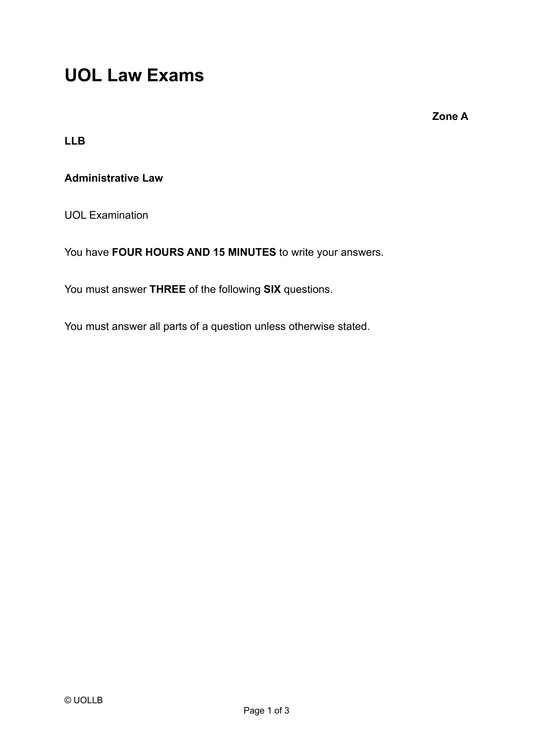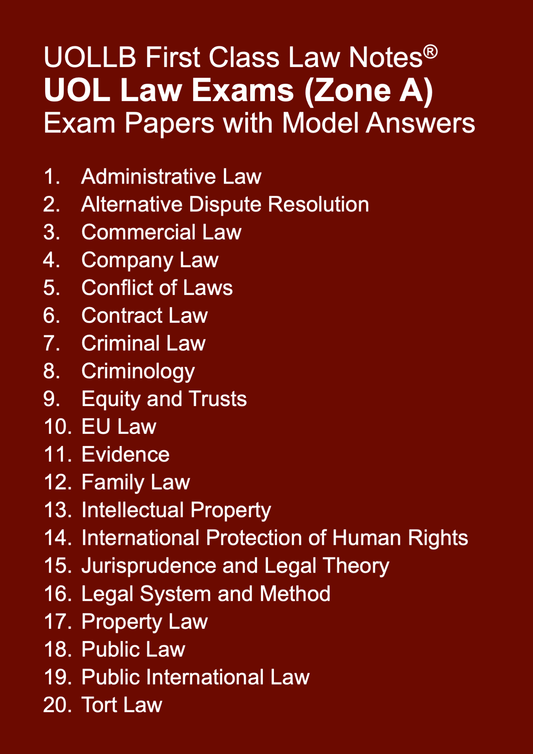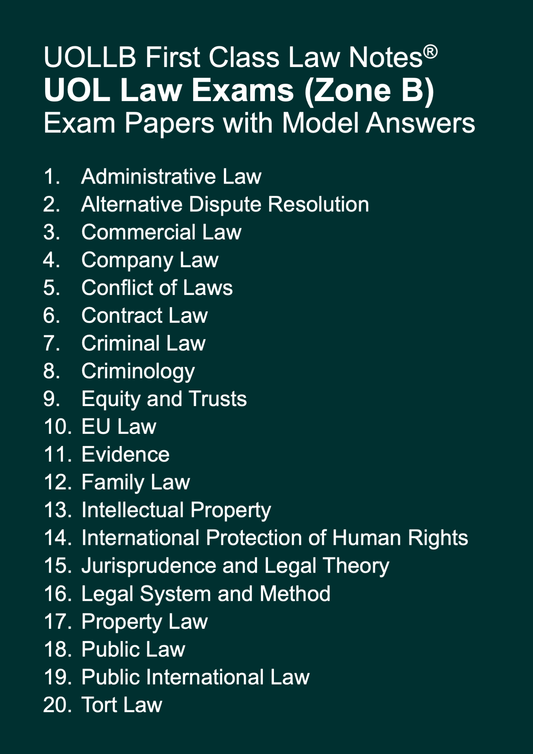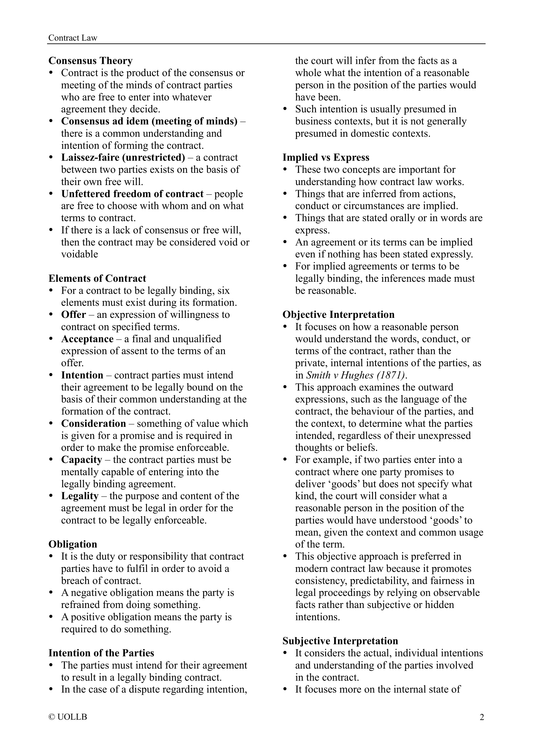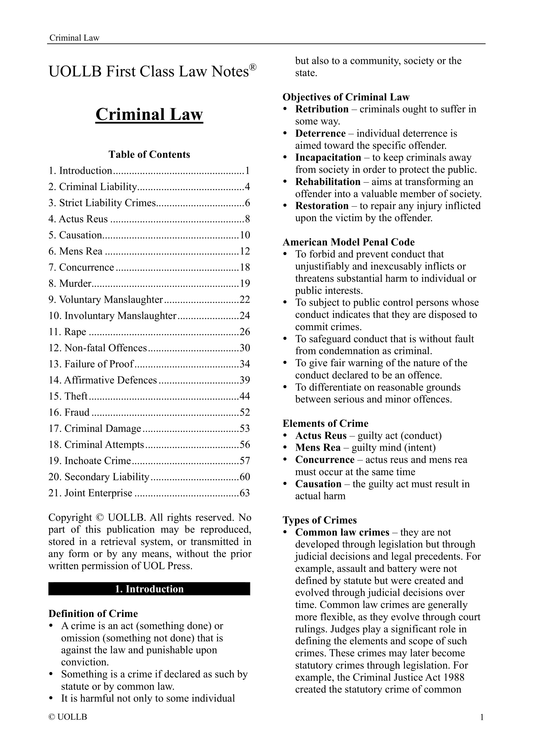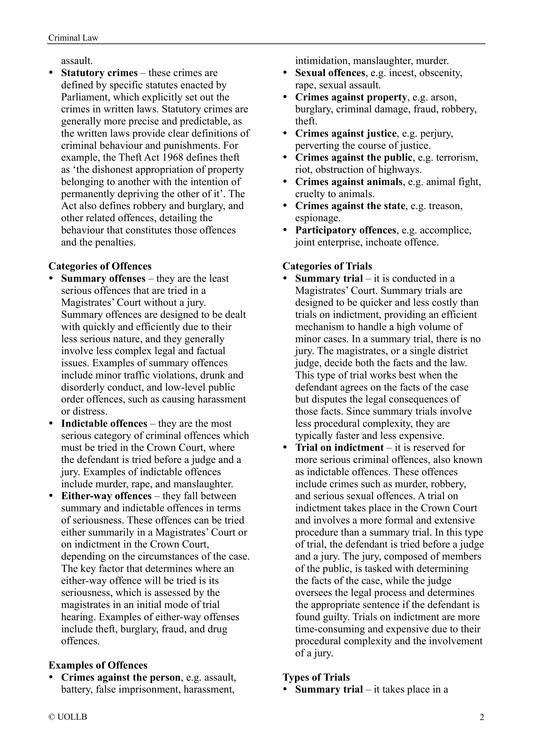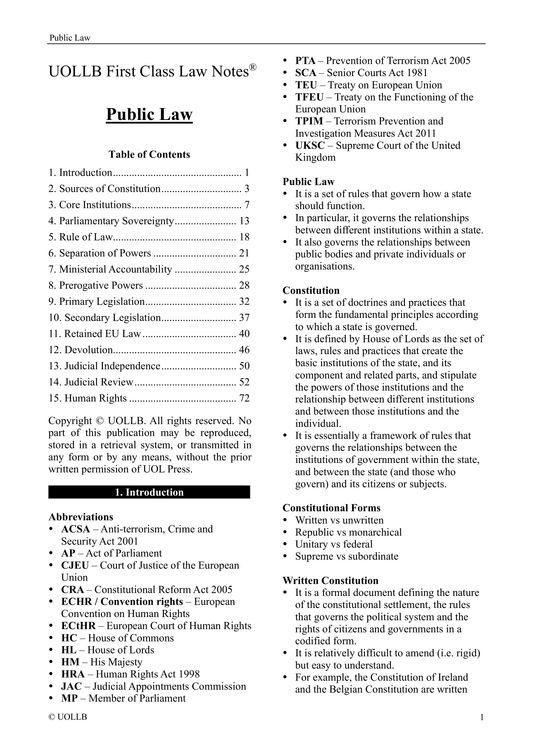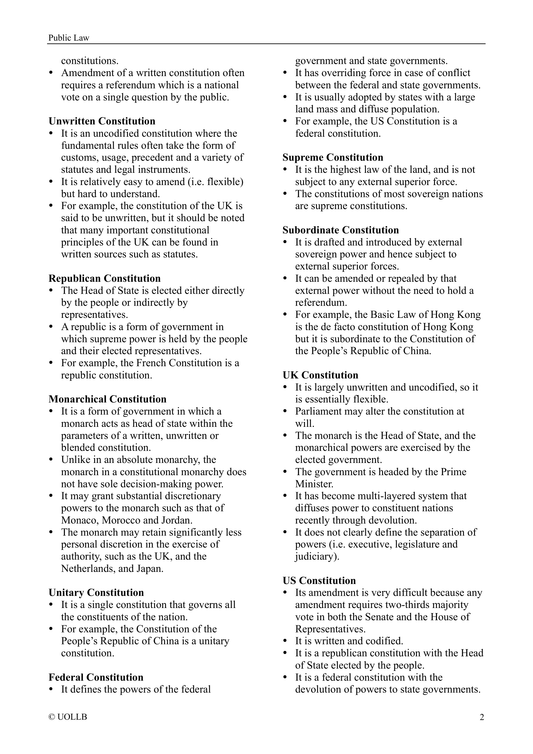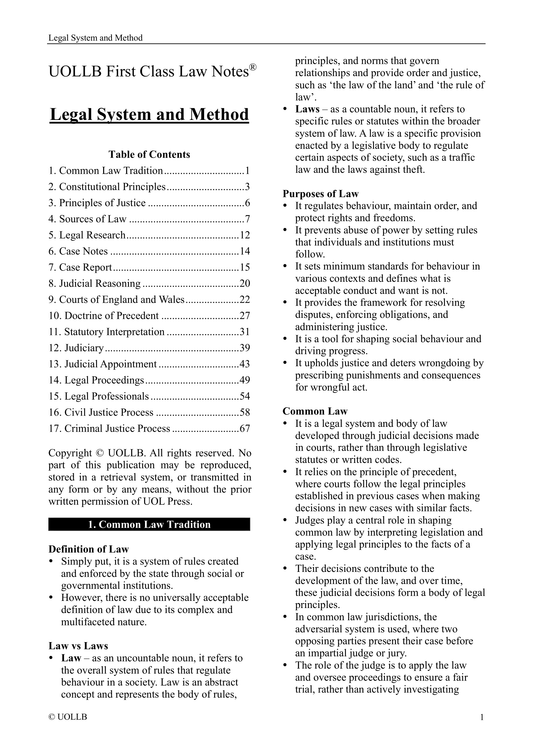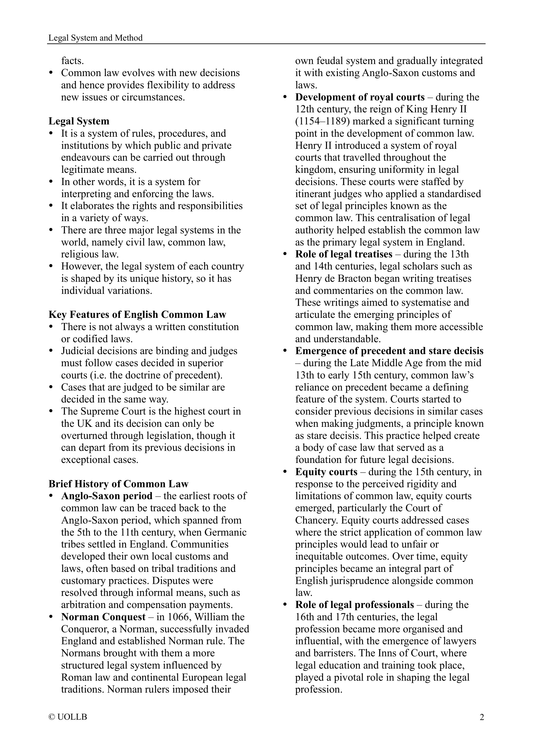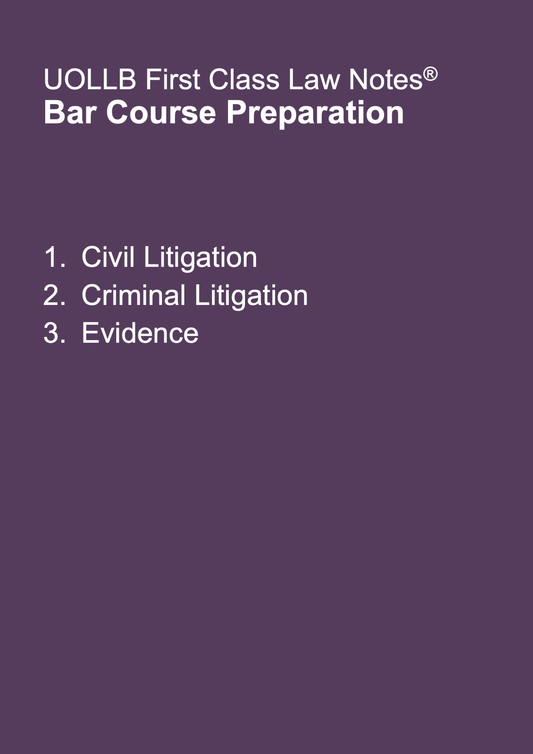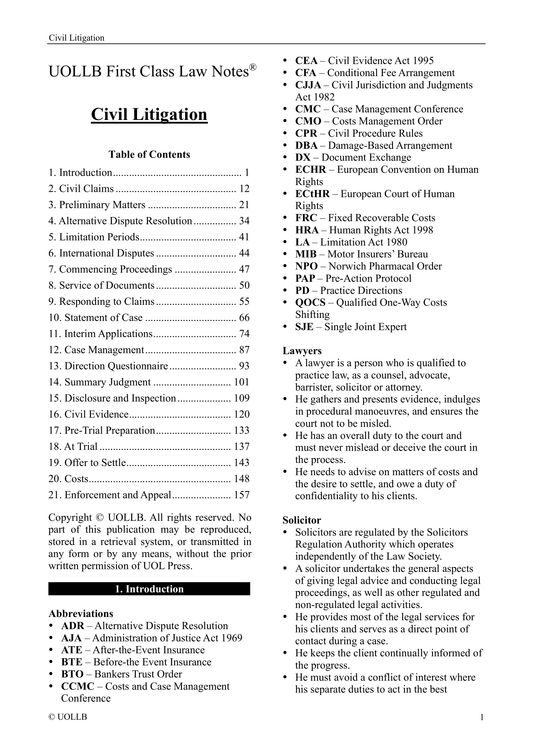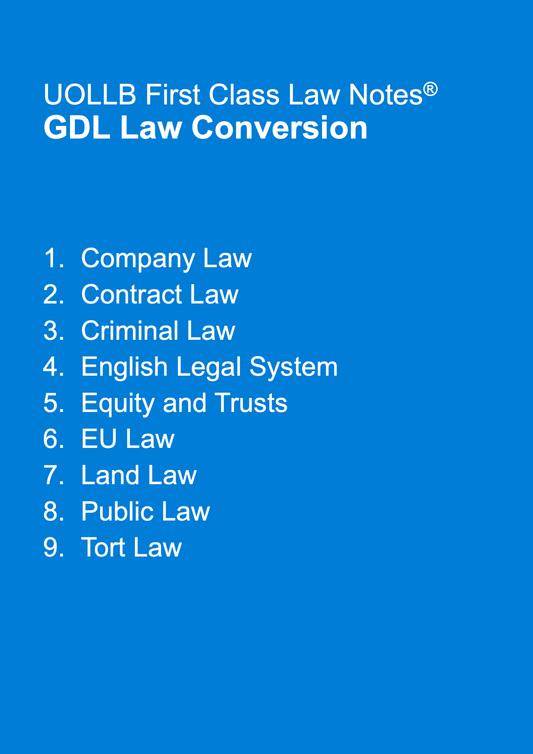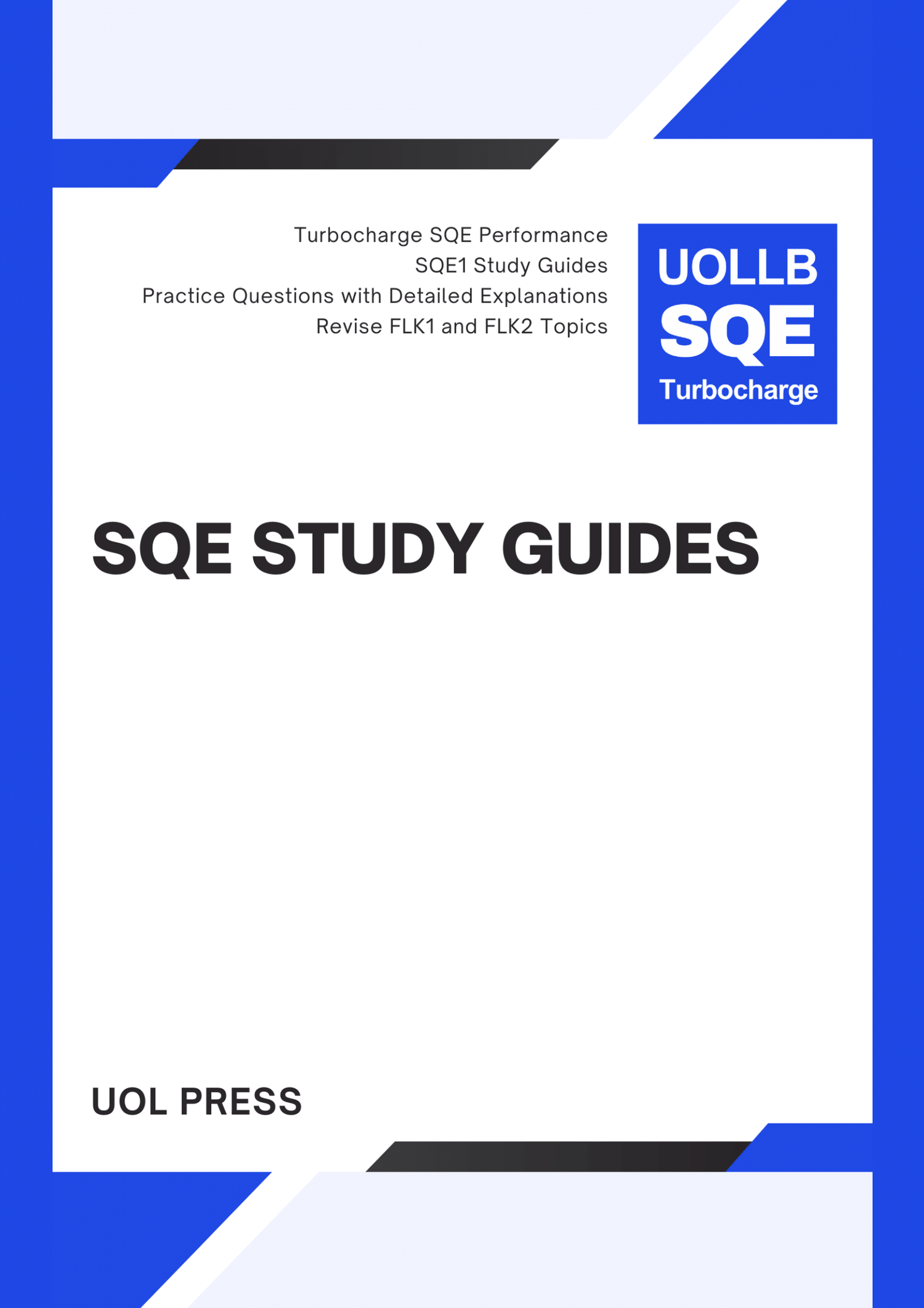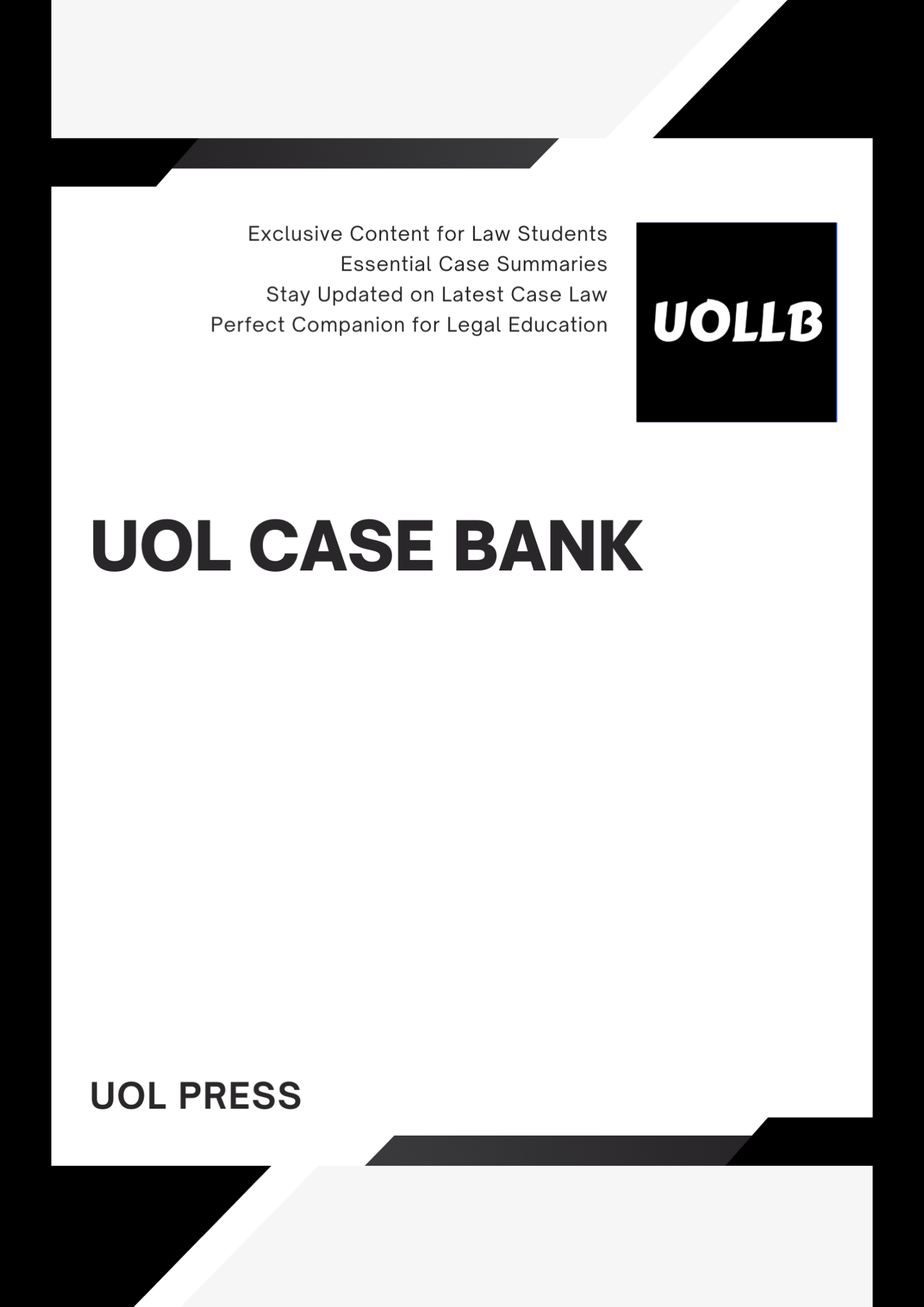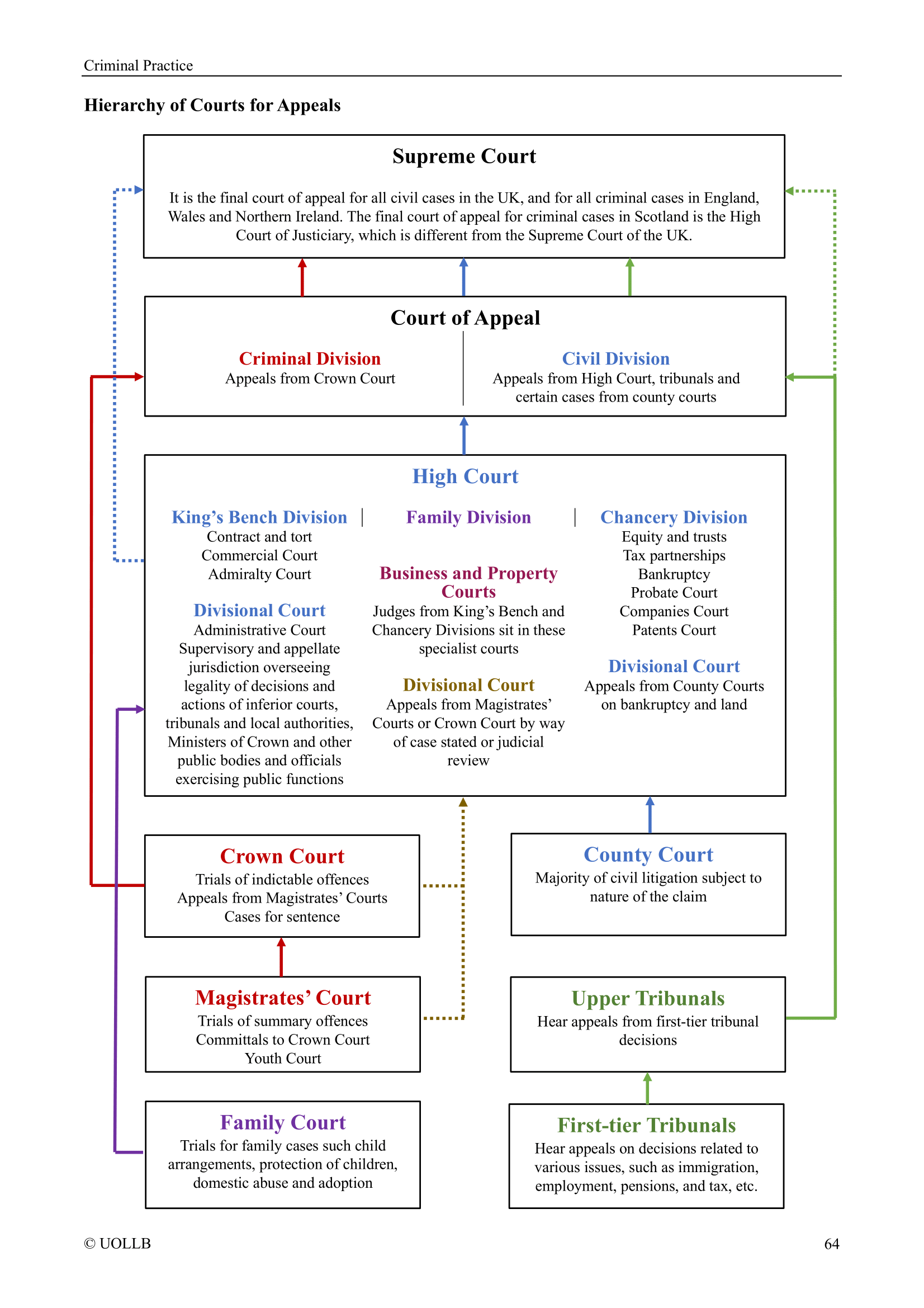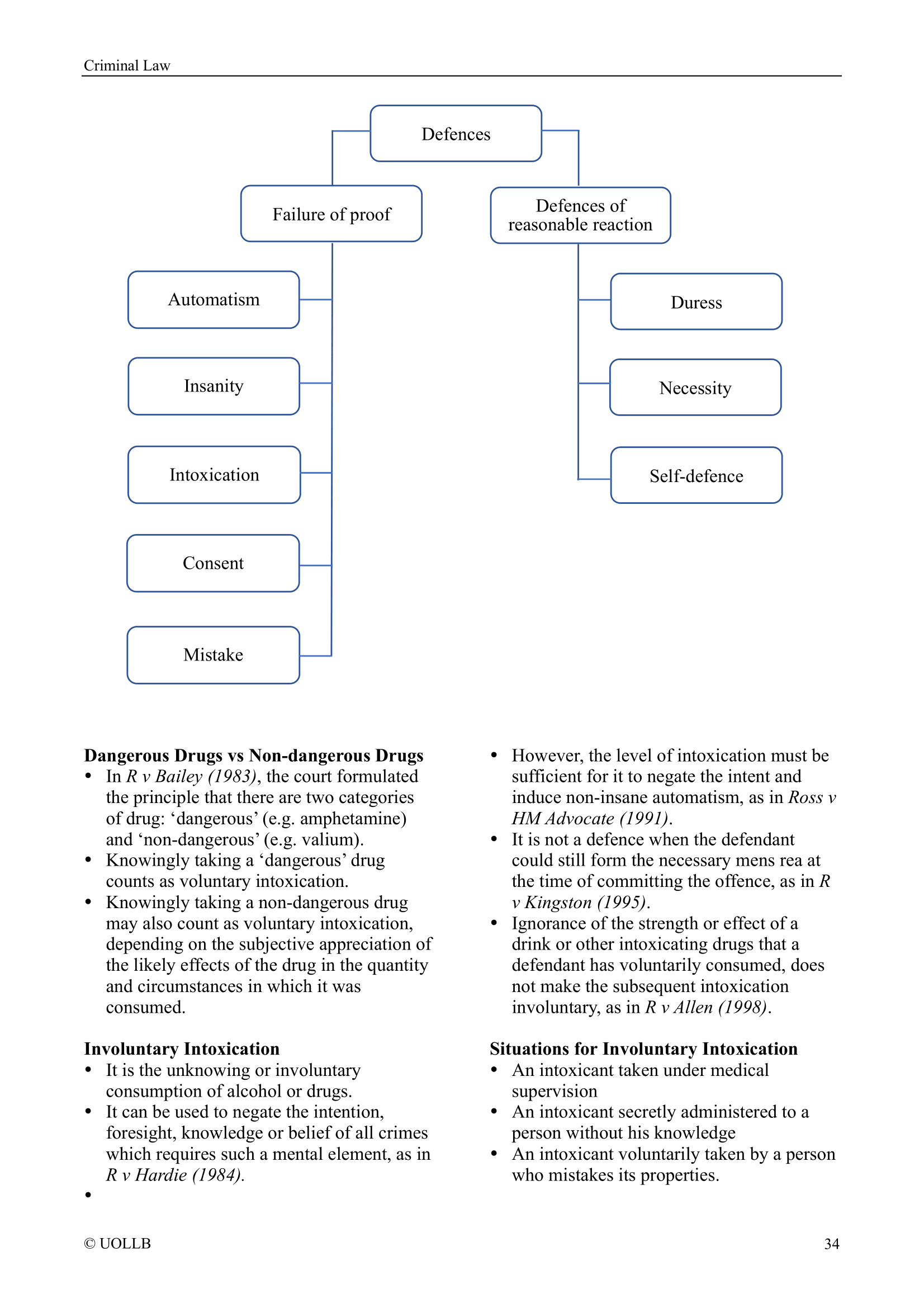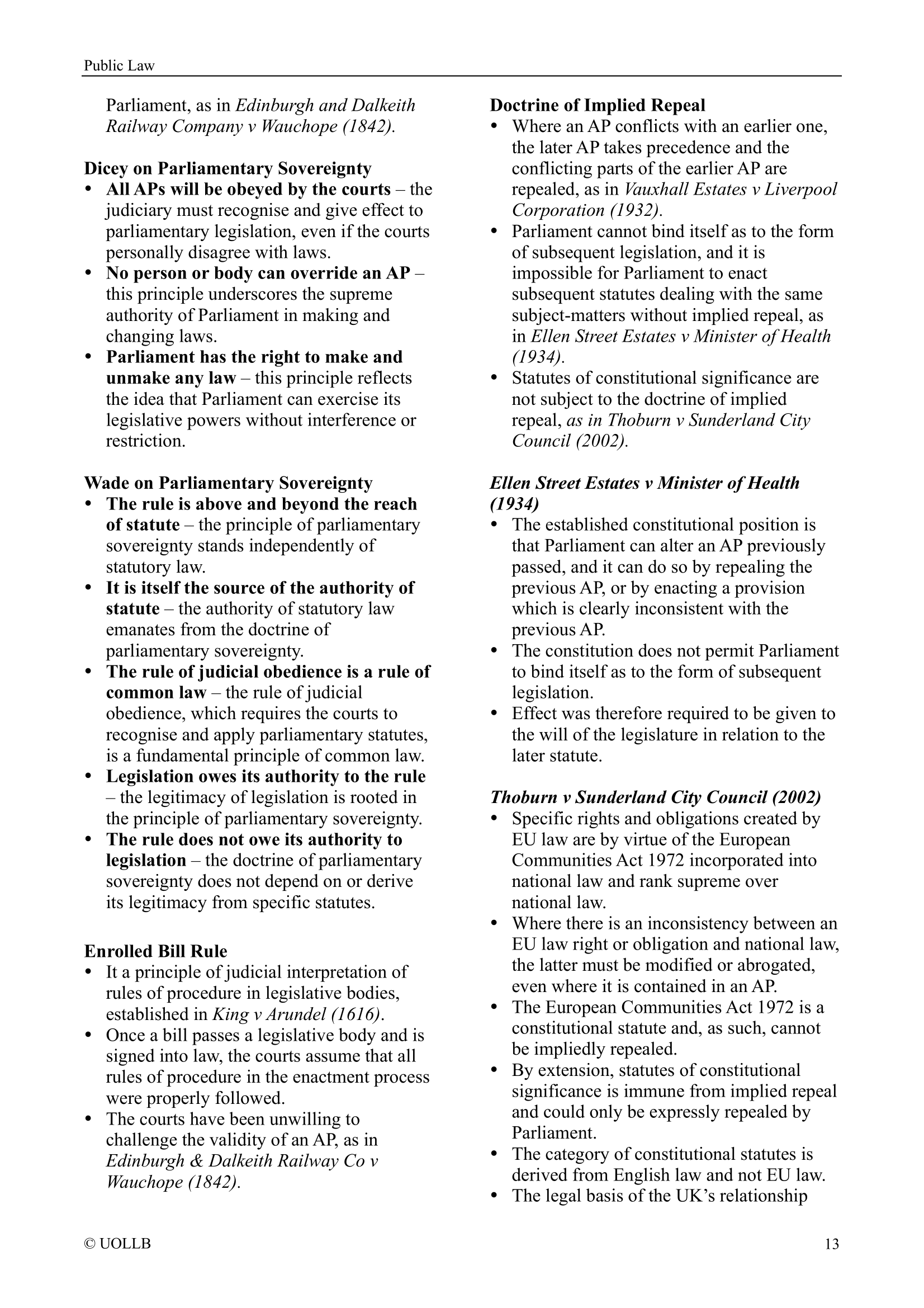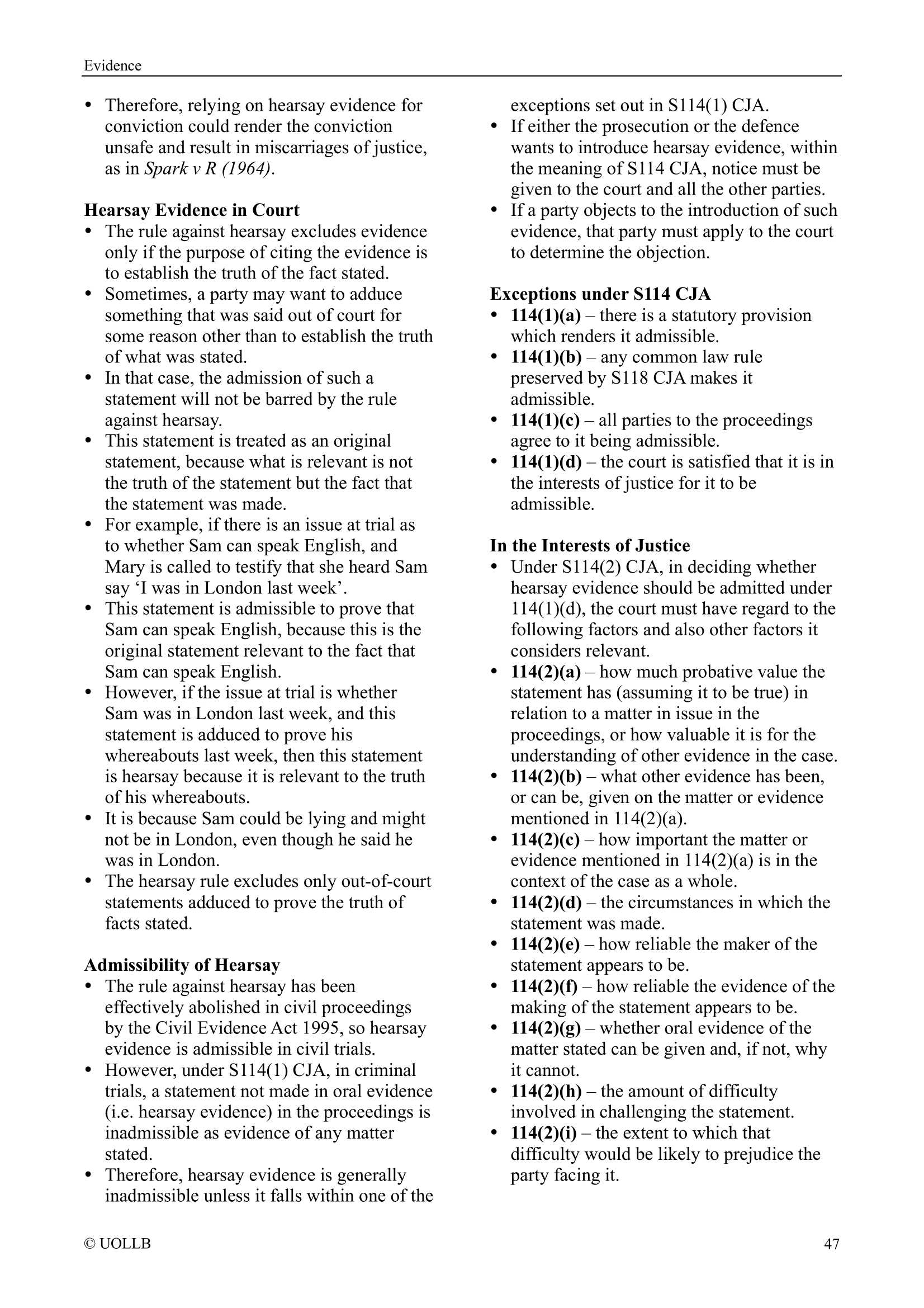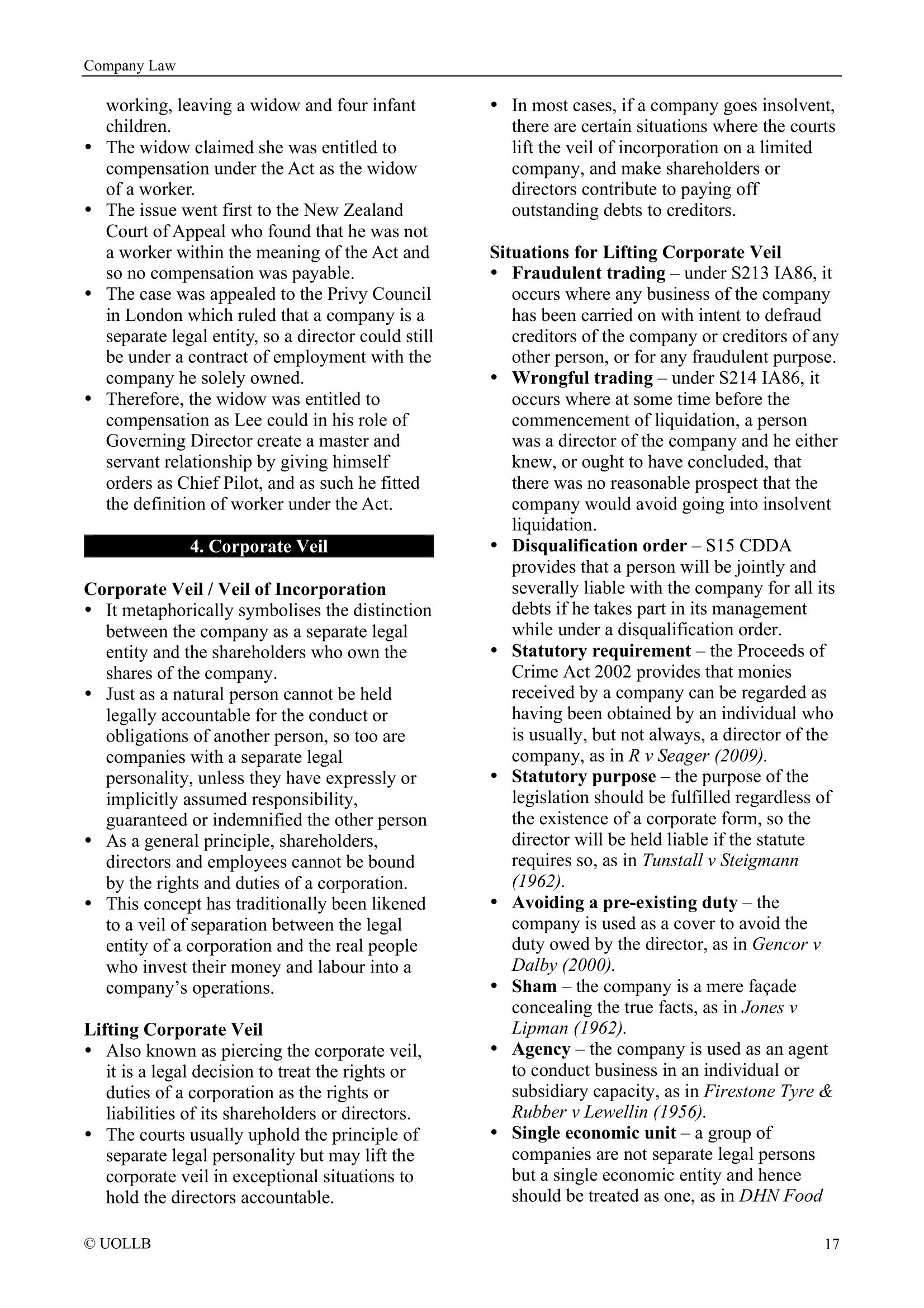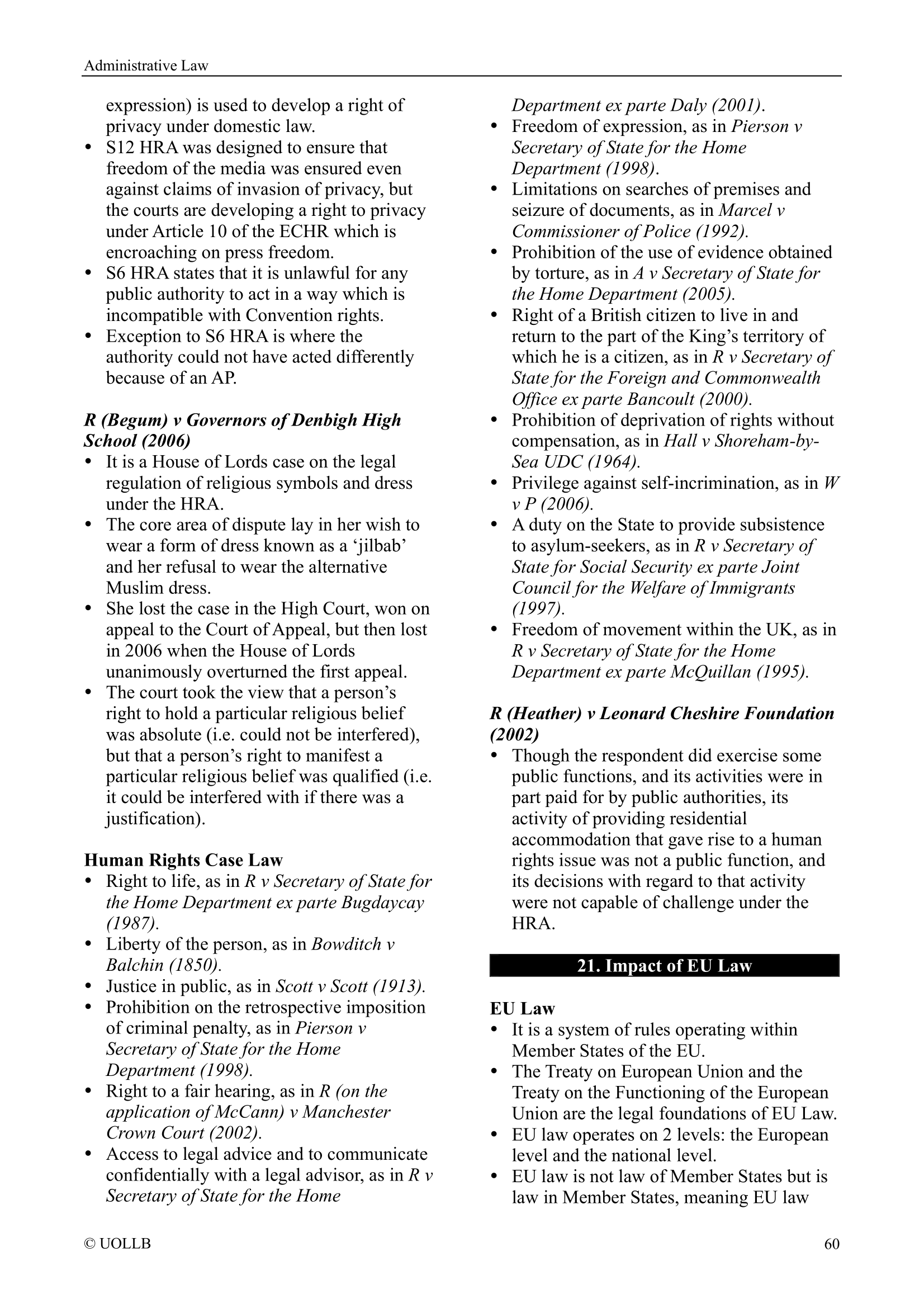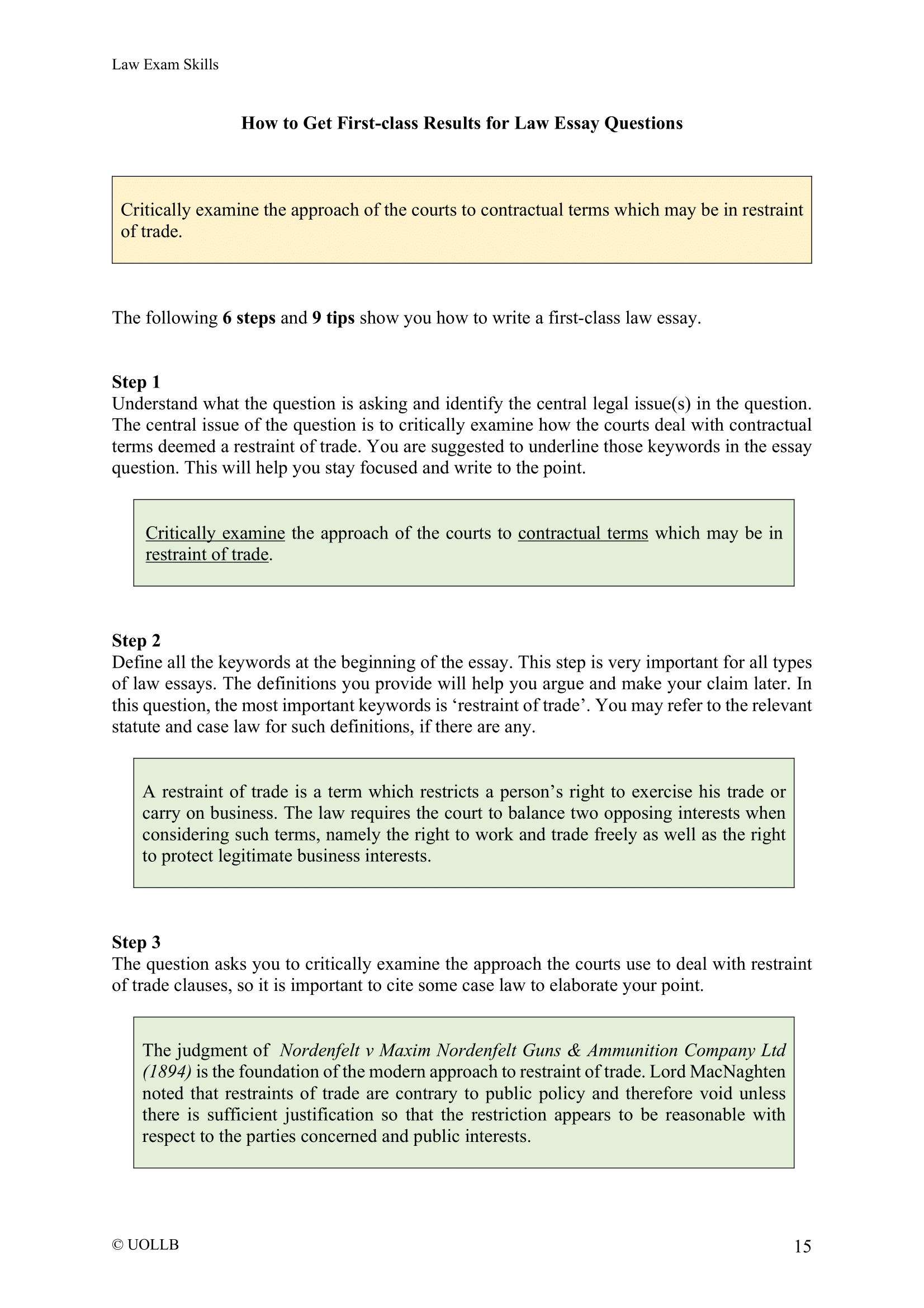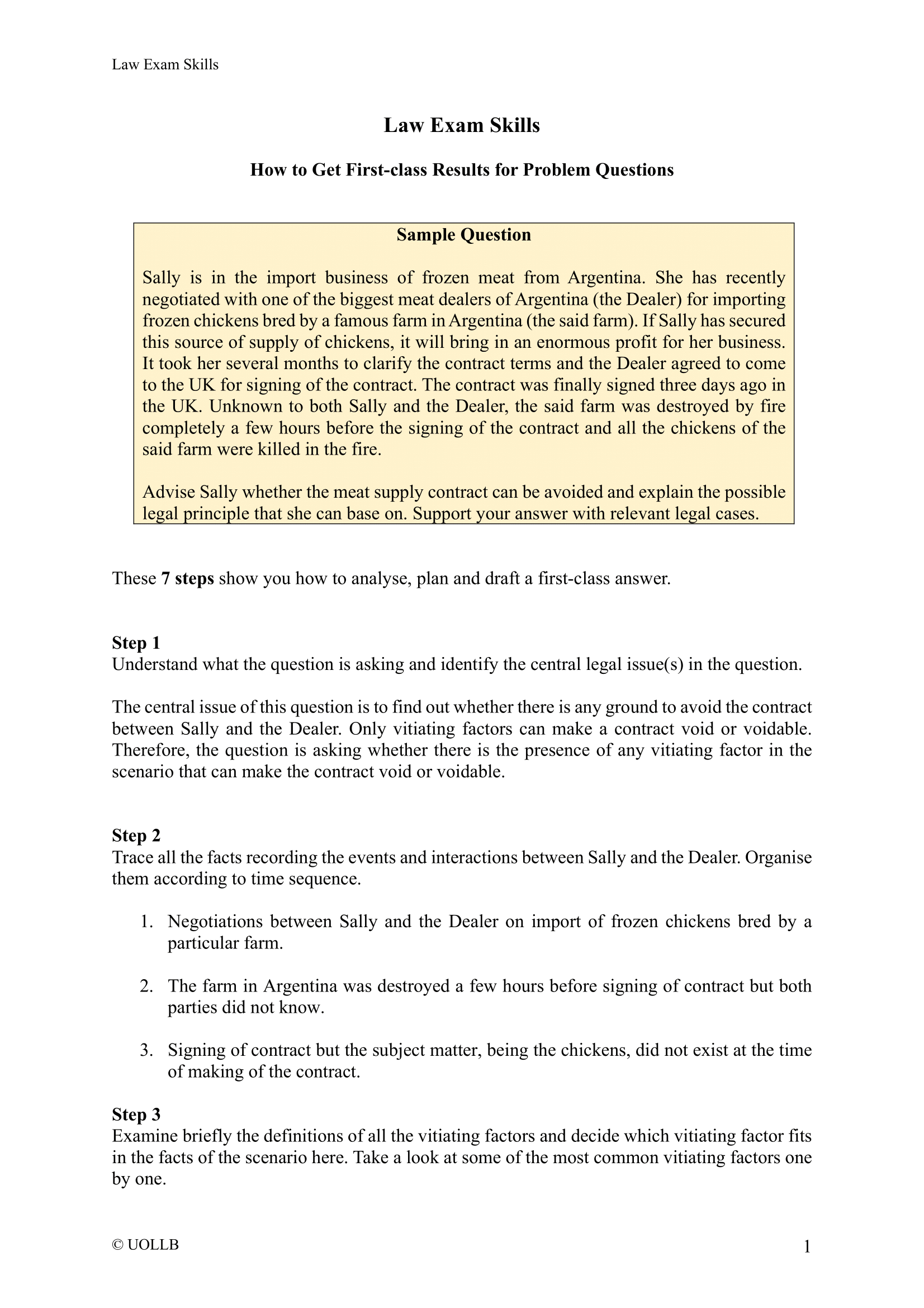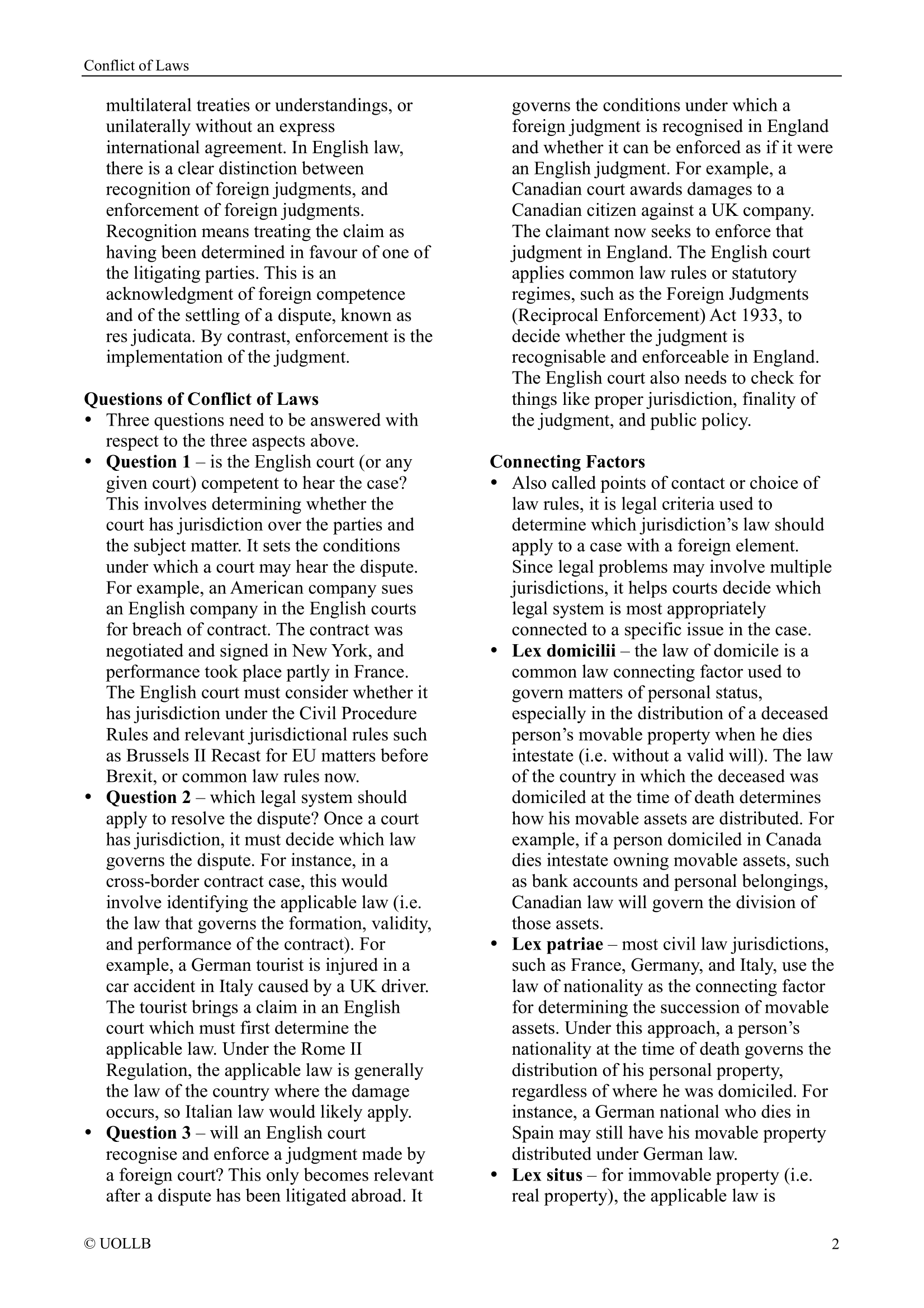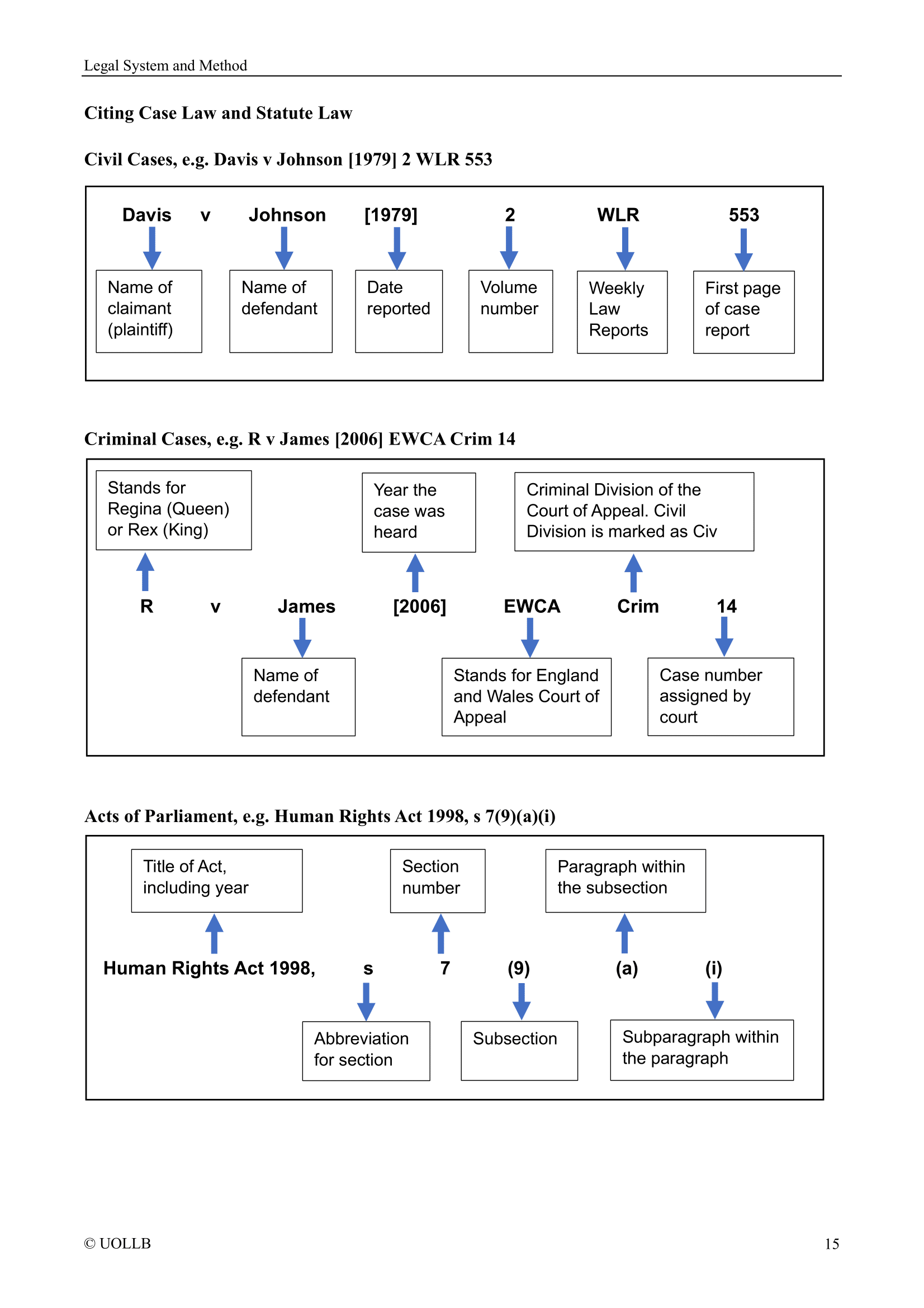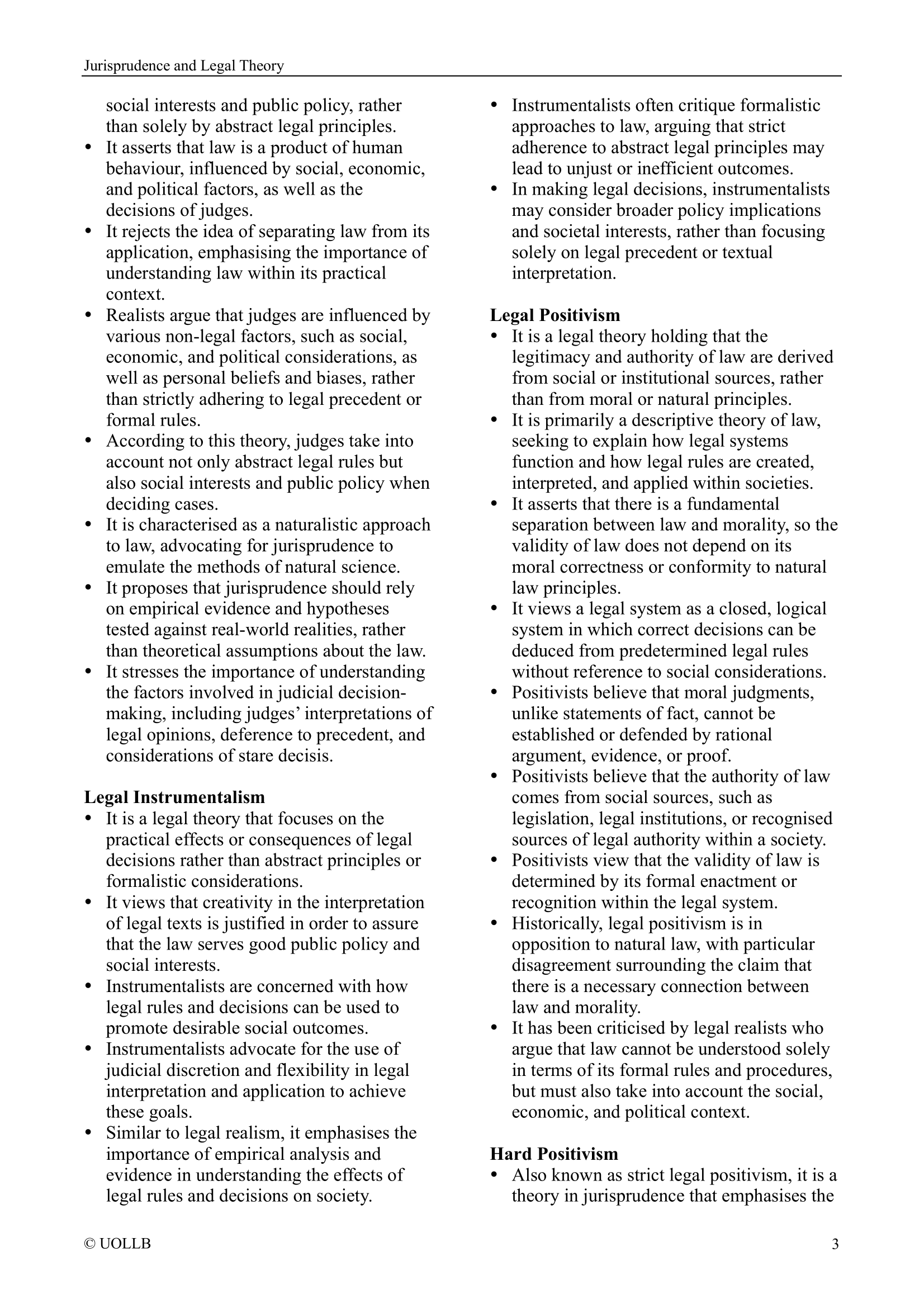Trusts of Land and Appointment of Trustees Act 1996 (TOLATA)
Share
The Trusts of Land and Appointment of Trustees Act 1996 (TOLATA), enacted on January 1, 1997, in the United Kingdom, aimed to reform the law governing trusts of land, particularly addressing issues within the Law of Property Act 1925. This legislation was driven by the recognised need for reform, as outlined in various Law Commission reports. The challenges included difficulties in establishing trusts without falling under the Settled Land Act 1925, leading to co-owners being perceived as having beneficial interests in money rather than in land, resulting in problems during separations.
TOLATA consists of three parts, with Part I focusing on trusts of land. Notable sections include 14 and 15, emphasising statutory considerations for applications related to trust disposition and the sale of family homes. Section 15 specifies the factors the court should consider, such as the intentions of the trust creator, the purposes of the property, the welfare of minors, and the interests of secured creditors.
In Part II, TOLATA addresses the appointment of trustees. Section 19 allows beneficiaries, provided they are of full age and capacity, to appoint, remove, or replace trustees. This provision mirrors the common law rule in Saunders v Vautier [1841], empowering beneficiaries to manage trusts. Section 20 outlines a procedure for replacing a trustee lacking mental capacity under the Mental Capacity Act 2005.
A significant case, Re Shaire [2001], saw Neuberger J interpreting TOLATA's intent. He noted that the statute aimed to tip the balance more in favour of families and against banks and charges, particularly when assessing claims. This underscores the legislative intent to prioritise the interests of families over creditors in certain situations.
Moreover, TOLATA includes Section 335A in the Insolvency Act 1986, which highlights that, under specific circumstances, the court should assume that the interests of the bankrupt's creditors outweigh all other considerations, unless the circumstances are exceptional.
Overall, TOLATA brought substantial reforms to the legal landscape concerning trusts of land, addressing complexities in co-ownership, the sale of family homes, and the interests of beneficiaries and creditors. The Act provides a comprehensive framework for the fair and equitable resolution of disputes and applications within the context of trusts of land.
